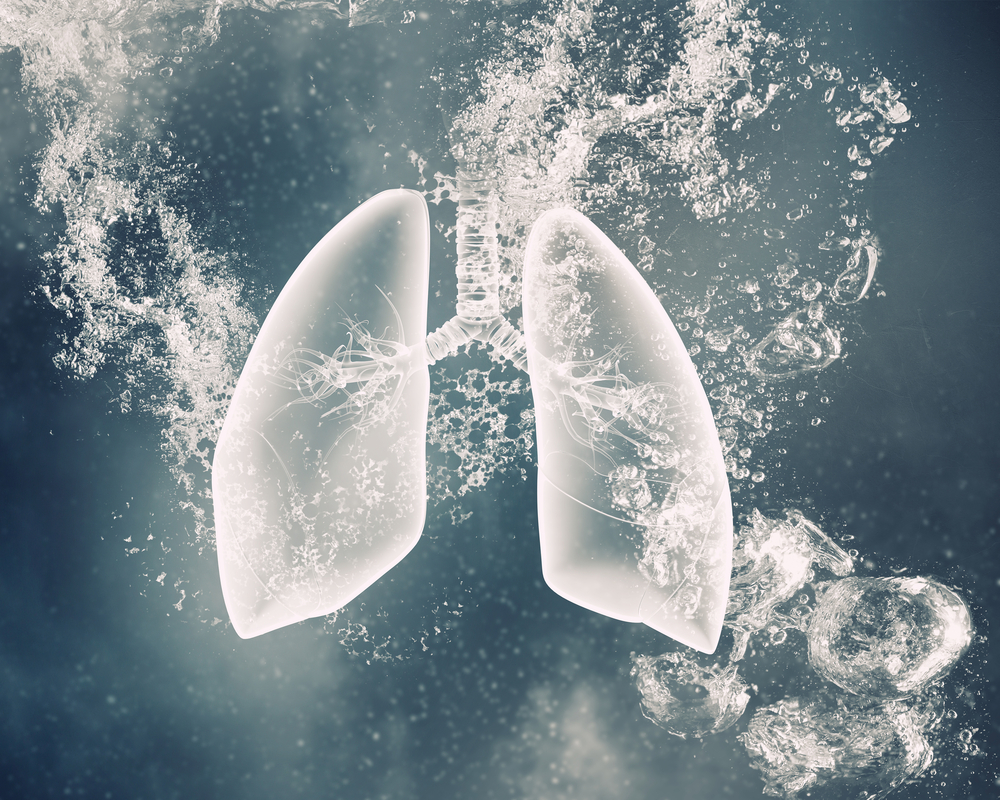Artificial Stone Work in Homes Linked to Rising Cases of Silicosis, PF
Written by |

Pulmonary fibrosis (PF) that results from inhaling silica dust is rebounding in wealthier counties after years of decline, due to a rising demand for artificial stone in home construction and renovation, a study from Spain reports.
The study traces the disease in a group of people who worked with artificial stone, also called artificial quartz agglomerate or conglomerate, used to make kitchen and bathroom countertops and flooring. It links the disease to lung scarring (fibrosis) caused by inhaling fine silica dust — a condition called silicosis — in this line of work.
Its researchers also note that silicosis linked to artificial stone work is particularly aggressive and quickly progressing.
The study, “Artificial Stone Silicosis: Rapid Progression Following Exposure Cessation,” was published in the journal Chest.
Silicosis, an occupational disease, has traditionally been associated with mining and quarry work. Silica is a common mineral found in many types of rock, including sand and quartz. Repeated inflammation caused by breathing silica dust leads to the formation of lung nodules and scarring, and resulting illnesses that include PF, tuberculosis, and lung cancer.
As work in mines and quarries declined in high-income countries, so has the disease. The past decade, however, has seen increased interest in artificial stone for countertops and flooring in homes. With attractive design features and colors, artificial stone has steadily replaced natural materials, such as marble and granite, in the household.
Artificial stone, “composed of finely crushed rock mixed with synthetic resins,” also “has a high silica content (approximately 90%),” the study reported.
Cutting, shaping, and finishing artificial stone releases respirable crystalline silica (RCS), a fine powder. Despite protective measures — including the use of water to suppress dust and external ventilation — harmful levels of RCS persist in workplaces.
To better understand and characterize silicosis associated with artificial stone, researchers analyzed medical records of cases reported in the Bay of Cádiz area in southern Spain.
In total, 106 cases of silicosis were reported between 2009 and 2018. All involved men who had worked with artificial stone manufacturing and installation; all stopped working in this industry either before or after (30.2%) their diagnosis.
“All of the patients worked cutting and polishing slabs of AS [artificial stone] in small factories and were also involved during in-home installation performing dry operations (on many occasions without effective personal protective equipment),” the researchers wrote.
These men at diagnosis had a mean age of 36.2, and an average exposure time to RCS of 12 years. Among them, 99 were diagnosed with “simple” silicosis, and seven with progressive massive fibrosis (PMF), a more serious form.
Most were also nonsmokers (44.3%) or former cigarette smokers (37.7%).
Over an average four years of follow-up, the disease worsened in 56% of these men, and the number with PMF rose to 40.
“Despite the cessation of exposure, there was an accelerated decline in lung function and a rapid progression to PMF in these patients over a short period of time,” the researchers wrote. “At diagnosis, 6.6% of patients were classified as having PMF, but after an average follow-up of 4 years, the percentage of patients who progressed to PMF rose to 37.7%.”
This progression was seen “even though they had left their jobs and were no longer exposed to the harmful dust,” Antonio León-Jiménez, PhD, the study’s lead author, added in a press release.
Poorer lung health accompanied disease progression. Forced vital capacity (FVC) and forced expiratory volume (FEV), two common measures of lung function, fell as the disease worsened, with particularly rapid declines seen in a quarter of the patients.
The average annual decrease in FVC was of 86.8 mL, and in FEV of 83.4 mL; in 25% of these people, however, annual declines were much higher — more than 157 mL in FVC, and 133 mL in FEV.
Poorer lung function at diagnosis and longer RCS exposure most strongly predicted the likelihood of progression from silicosis to PMF, the researchers wrote.
The rate of lung function decline appeared to slow after four years of follow-up, but the change to the slower rate seen over years five to eight was not significant.
Artificial stone silicosis “progresses rapidly even following cessation of exposure,” the researchers concluded.
“At this rate of progression, in a few years, a significant proportion of patients might develop respiratory failure and will need to undergo lung transplantation, the only effective treatment currently available for this disease,” they added.
“Avoiding the continued inhalation of silica is essential but is not enough,” León-Jiménez said, adding there is a high “need to maximize protective measures in active patients and to find new treatments that may delay or curb the progression of the disease.”
Rising cases of silicosis among artificial stone workers have been documented in Brazil, Italy, and various states within the U.S., the study noted.
In an accompanying editorial, Robert A. Cohen, MD, and Leonard H.T. Go, MD, both researchers with the University of Illinois at Chicago School of Public Health, called for more than avoidance to silica exposure.
“Given the toxicity of this material and the rising human cost of its use, if engineering controls cannot limit worker exposure to hazardous concentrations of RCS, a ban on [artificial stone] needs to be considered,” they wrote. “In this new millennium … colorful countertops are not worth the price paid by these workers.”






